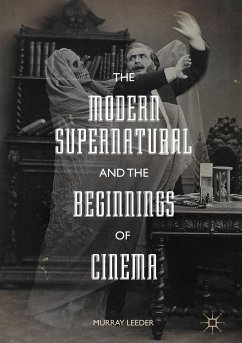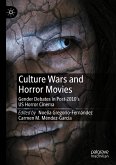Dieser Download kann aus rechtlichen Gründen nur mit Rechnungsadresse in A, B, BG, CY, CZ, D, DK, EW, E, FIN, F, GR, HR, H, IRL, I, LT, L, LR, M, NL, PL, P, R, S, SLO, SK ausgeliefert werden.
"This book is useful for American cinema scholars for its encyclopedic coverage of these films and for the patterns it observes across the quantity of films it explores. Sharot also provides enough context of both developments in the film industry ... . Accomplishing much more than merely a history of a prominent film subgenre, the book joins the complex historical and sociological conversation about class and gender in twentieth-century America." (Paul Arras, Journal of Popular Culture, 2018)









